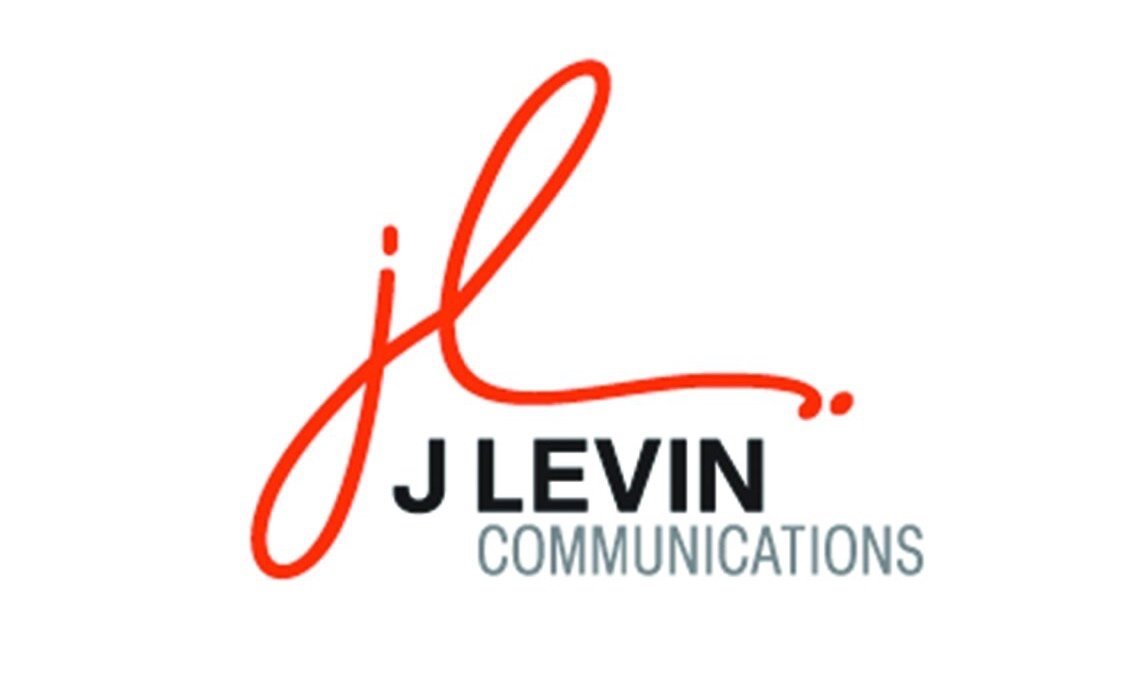The Art of Responding to Timely Seasonal Media Requests
In media relations, timing can make or break a media opportunity. Reporters are constantly on the lookout for expert insights and quotes that align with their current editorial calendars especially during seasonal moments that drive audience interest. Whether the topic is holiday décor trends, winter energy savings, or spring-cleaning strategies, brands that respond thoughtfully and quickly to these seasonal media requests position themselves as reliable, go-to sources.
But rushing to meet a reporter’s deadline shouldn’t come at the expense of strategy. The key is crafting responses that feel authentic, relevant, and adaptable. A well-written media response not only fits the immediate opportunity but can also serve as a foundation for future outreach.
Start with Awareness and Preparation
Effective seasonal media engagement begins with awareness. PR teams should closely monitor editorial calendars and journalist inquiries through tools like HARO, Qwoted, and the many more platforms that support public relations pros and reporters. These requests often appear with little notice, so having a process in place ensures you can respond within hours, not days.
Build a library of approved brand messaging, quotes, and spokesperson bios that can be quickly customized to fit a journalist’s theme. For instance, if your client is an interior designer, keep a few paragraphs ready outlining current color palettes, sustainable décor concepts, or tips for refreshing a space with each season. This preparation shortens turnaround time and keeps messaging consistent across multiple opportunities.
Tailor Every Response
When you receive a timely request say, a reporter asking for expert tips on seasonal décor resist the urge to reuse old copy as-is. Every outlet has a distinct tone, audience, and purpose. Review the publication’s style to ensure your response aligns with its readership. A national lifestyle outlet may prefer vivid, conversational advice, while a business publication might welcome data-backed insights about consumer spending on seasonal design trends.
The most effective responses directly answer what the reporter asked for, in their preferred voice and length. Stay concise, offer 2 or 3 actionable takeaways, and include background context that shows expertise without feeling overly branded.
Think Long-Term When Writing Short-Term
Even though seasonal media requests feel immediate, a well-crafted response can pay dividends later. With slight modifications, those same insights can be repurposed into blog posts, social media captions, newsletter content, or pitching material for similar upcoming features. For example, that holiday décor quote might evolve into a “new year, new space” angle or spring refresh trend piece.
Consider maintaining a digital file of past media responses, sorted by topic and season. Over time, this archive becomes a powerful resource for accelerating future pitching, ensuring that every message stays aligned with brand voice and values while still feeling timely.
The Bottom Line
Seasonal media requests are golden opportunities to showcase expertise, strengthen reporter relationships, and increase visibility when audiences are most engaged. The secret lies in responding quickly yet mindfully - balancing timeliness with intentional messaging. By crafting versatile, high-quality responses that can be adapted for other uses, brands can turn fleeting seasonal moments into lasting media impact.

